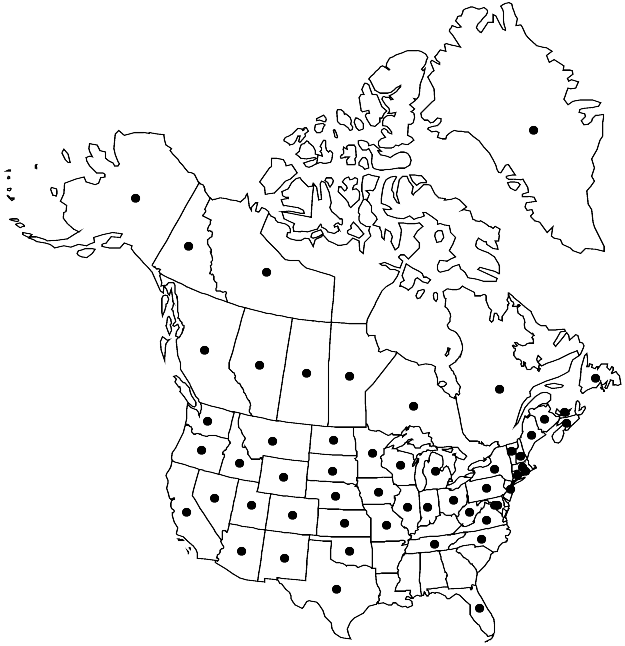Sisymbrium altissimum
Sp. Pl. 2: 659. 1753.
Annuals; glabrous or pubescent. Stems erect, branched distally, (2–)4–12(–16) dm, sparsely to densely hirsute basally, glabrous or glabrate distally. Basal leaves rosulate; petiole 1–10(–15) cm; blade broadly oblanceolate, oblong, or lanceolate (in outline), (2–)5–20(–35) cm × (10–)20–80(–100) mm, margins pinnatisect, pinnatifid, or runcinate; lobes (3–)4–6(–8) on each side, oblong or lanceolate, smaller than terminal lobe, margins entire, dentate, or lobed. Cauline leaves similar to basal; distalmost blade with linear to filiform lobes. Fruiting pedicels usually divaricate, rarely ascending, stout, nearly as wide as fruit, (4–)6–10(–13) mm. Flowers: sepals ascending or spreading, oblong, (cucullate), 4–6 × 1–2 mm; petals spatulate, (5–)6–8(–10) × 2.5–4 mm, claw 3.5–6 mm; filaments 2–6 mm; anthers oblong, 1.5–2.2 mm. Fruits narrowly linear, usually straight, smooth, stout, (4.5–)6–9(–12) cm × 1–2 mm; valves glabrous; ovules 90–120 per ovary; style 0.5–2 mm; stigma prominently 2-lobed. Seeds 0.8–1 × 0.5–0.6 mm. 2n = 14.
Phenology: Flowering Apr–Sep.
Habitat: Roadsides, fields, pastures, waste grounds, disturbed sites, grasslands
Elevation: 0-2700 m
Distribution

Greenland, Alta., B.C., Man., N.B., Nfld. and Labr. (Nfld.), N.W.T., N.S., Ont., P.E.I., Que., Sask., Yukon, Alaska, Ariz., Calif., Colo., Conn., D.C., Fla., Idaho, Ill., Ind., Iowa, Kans., Maine, Md., Mass., Mich., Minn., Mo., Mont., Nebr., Nev., N.H., N.J., N.Mex., N.Y., N.C., N.Dak., Ohio, Okla., Oreg., Pa., R.I., S.Dak., Tenn., Tex., Utah, Vt., Va., Wash., W.Va., Wis., Wyo., Europe, w Asia, nw Africa, introduced also in South America (Argentina, Chile).
Discussion
Selected References
None.